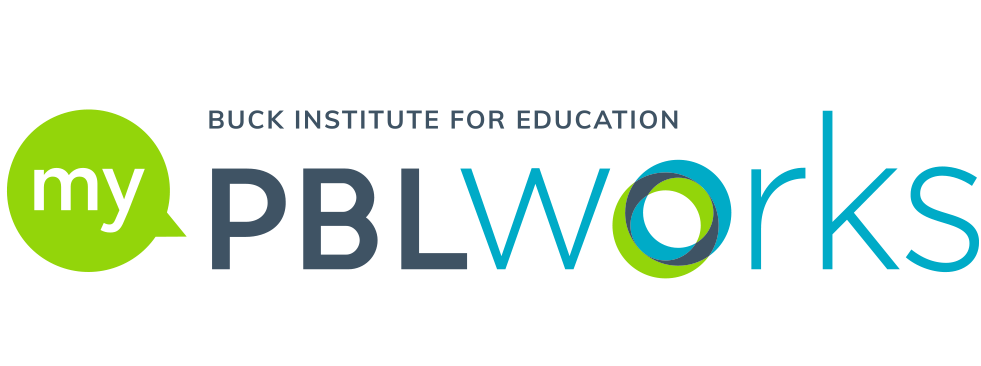What Does it Mean to be a Thought Partner with a PBL District?
Over the last few months, BIE’s Systemic Partnership Coaches (SPCs) have written about our work reflecting with district partners on their successes and challenges over the last year. It only makes sense that we do the same thing, individually and as a team. One of my key questions for reflection is about the relationship between BIE (i.e., me, as the SPC) and my district partners.
We use the term ”thought partner” to describe our hope for the nature of those relationships. The idea of this role seems straightforward on its face. The words are descriptive enough to get a sense of what it might mean: someone to help think through and figure out challenges. Easy enough, right? But, when we are thinking about implementing change in a school or district, how does the idea of being a thought partner really manifest? For my own reflection the question was, how do we make sure our relationships with partners are effective and productive, leading to high quality PBL implementation?
So, I went digging online to see what others have to say about the idea. Most of the hits came from a business context. I still found several nuggets that resonated with me. I really liked this definition from an article on forbes.com:
A Thought Partner is someone who:
- Challenges your thinking.
- Causes you to modify or change your paradigms, assumptions or actions.
- Has information or a way of thinking that provokes you to innovate or otherwise leads to value creation in your business, career or life.
This does a pretty good job of capturing how I think of my role as an SPC and how I think about my interactions with my district partners. Most districts come to us because they want to transform the educational experience teachers are offering their students. They are ready to be challenged. They’re asking us for help in reconsidering their systems and structures that are based on previous assumptions. Our support helps them consider what to change to improve outcomes for students by using PBL.
But, as much as I like the above definition, there’s something missing. To me it feels a bit one-sided. Where is the idea of “partner” represented? I see my role as thought partner as more than doing or giving the three things on the list. Sure, a district comes to BIE because we’re seen as experts in PBL – we wrote the book on quality project design and teaching, we train over 10,000 teachers every year, we have tools and resources that are used by educators across the world. We do bring all of that to bear when we engage in systemic partnership with a district. However, I don’t feel like that definition is complete in honoring the other party in the partnership. Our district partners bring deep expertise that is crucial to the success of PBL implementation – the knowledge of their context. PBL does not exist in a vacuum. It lives within the culture and context of each classroom, school, and district that uses it.
This nuanced addition to the definition “...thought partnership is always mutually beneficial” which I found on another site resonated with me. I like the recognition that thought partnership is by nature a collaboration. Each party brings something to the table. BIE doesn’t have a prescribed model for a school; we offer a model for PBL instruction, and ask questions to encourage the development of conditions that we believe foster high quality PBL implementation. Those key questions get answered differently by different partners. And the development of conditions to support PBL depend on conditions that already exist. This is complex work. I, and BIE, benefit as much from the relationship as I hope my partners do. Each conversation with a partner deepens my understanding of system-wide PBL implementation and, as a learning organization, our team is thoughtful about sharing so that lessons learned are leveraged across all of our partners.
Cultivating a thought partnership
Not all partnerships start with this mutually beneficial, collaborative mindset. Of course, schools and districts buy BIE’s services because we’re seen as the experts. So, shouldn’t we just tell them what they need to do? Yes, but...
Yes, we know what it takes to have high quality PBL implementation. But, with district partners where the goal is sustainability of PBL practice, someone from the outside cannot make that happen. It requires deep knowledge of and ownership by those within each classroom, school, and district to be successful.
As I continue to reflect on my role, my takeaway, given these inputs on being a thought partner, is to begin from a standpoint of inquiry, asking questions such as: What structures exist to support instruction at the district? At each school? What lessons have been learned from implementing other initiatives? What is the level of understanding and buy-in among staff? These are just a few, as a place to start. From there the conversation can build on their answers and leverage BIE’s resources to challenge their thinking about possible answers that will start the shift to strong conditions to support PBL.
To view or download this resource, log in here.
Login